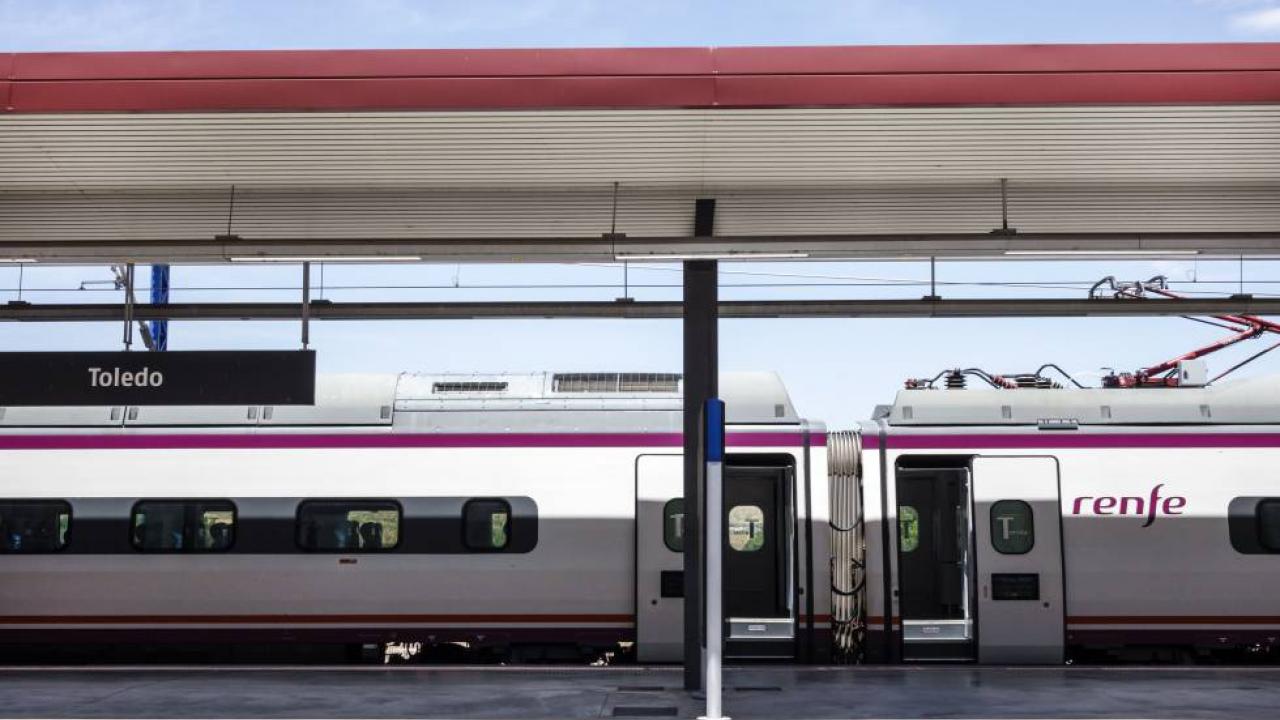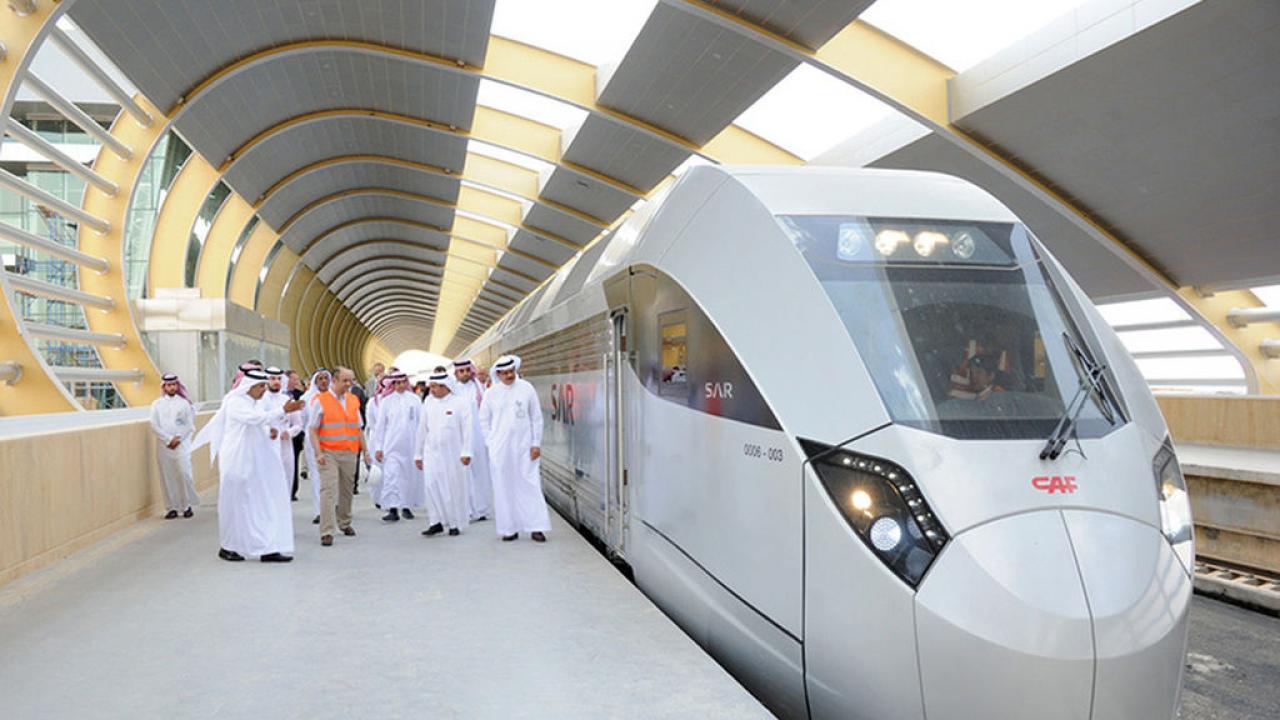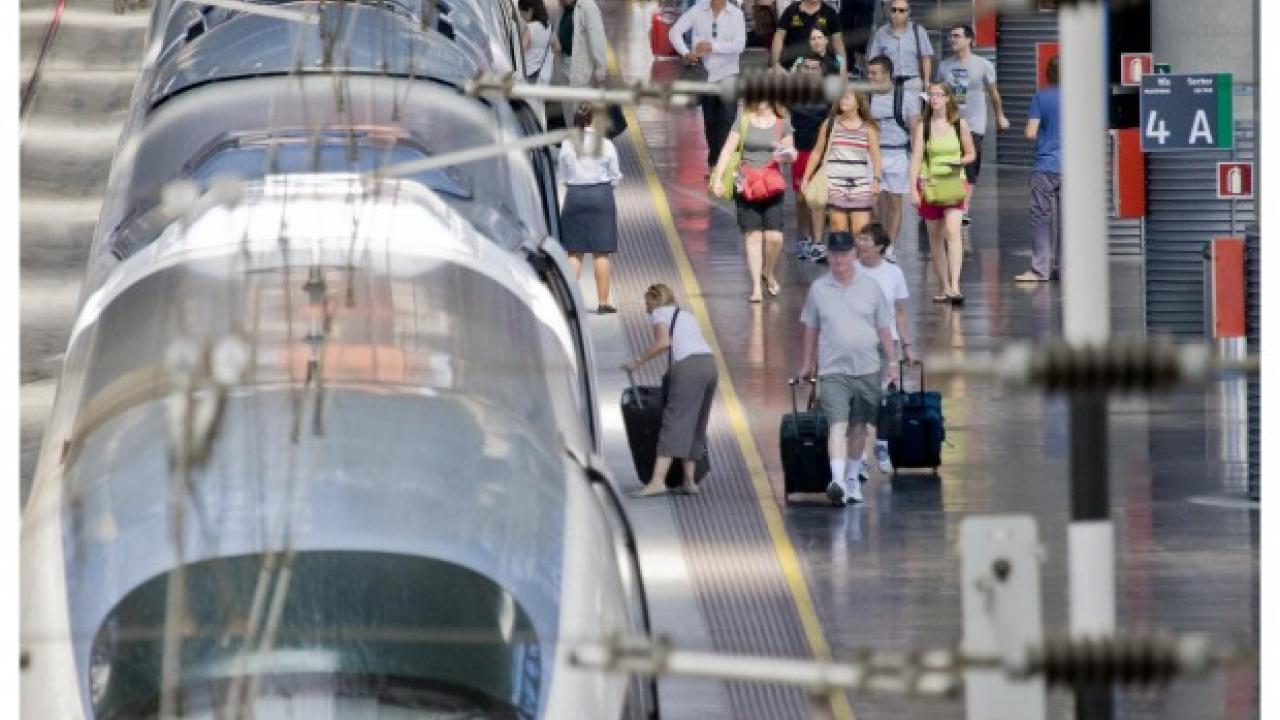Friday, June 7, 2019
RENFE and its technological innovation, an example to emulate
The Spanish national rail operator RENFE, immersed in a process of development and technological innovation, is illustrating to the world its steadfast commitment to Training with Simulation and incorporating the latest advances in this sphere.
It was 11 years ago that RENFE embarked on one of its most appealing and yet difficult challenges: the establishment of its new driver training schools. At that time RENFE was approved as a driving school with the authority to issue train driving licences and also had to train new RENFE drivers as none had been recruited for a number of years. This meant the company had to acquire new simulators for its training schools as the ones it had were obsolete.
The management of RENFE, which wanted to adapt this technology to the specific characteristics of its operations, invited international tenders to supply driving simulators that met all the company's expectations and legal requirements. Among the bidders was LANDER, a company established for just a few years with an abundance of talent in its ranks and keen to provide the flexibility and technology that RENFE required , which had the great fortune to secure what was at that time the world's largest simulation training project.
Just a few months later this project, which initially may have seemed an audacious undertaking, was a reality and RENFE become the owner of 20 multi-purpose simulators which simulated a variety of types of train, many kilometres of tracks and various signalling systems such as the LZB, ETCS and Asfa Digital systems, situated in 10 different locations in Spain. The training was prepared and sent to each location from a centralised instructor centre in Madrid. This reach was further extended over the following years with the incorporation of 13 compact simulators which enabled simulation training to be carried out in more remote spots of the rail infrastructure. A partnership had been forged based on complete understanding and the success of both teams was illustrated by the quality of the training and the number of drivers trained in the ATCs.
11 years later both RENFE and LANDER are continuing to evolve. LANDER has installed over 300 simulators around the world which are designed, developed and installed by more than 70 engineers. RENFE, for its part, is a model operating company for many other international railway operations, exporting its know-how around the globe, including the training of drivers. With an annual volume of more than 488 million passengers, the company continues to improve its services year on year in a market currently undergoing deregulation and in which competition will be increasingly fierce, increasing the need for modern, responsive and innovative firms such as RENFE. RENFE now faces new strategic challenges such as the establishment of its US subsidiary "Renfe of America", which is expected to help the company achieve its goal of generating 10% of revenues outside Spain, and the successful operation of the high-speed train to Mecca in the Kingdom of Saudi Arabia.
The only constants over these 11 years have been RENFE's ability to take full advantage of its simulation equipment, the demands it makes and its desire to have the most cutting-edge technology in the market. Likewise, LANDER seems entirely untouched by the passage of time. The company's capacity for innovation and sensitivity to its customers' needs are as keen as ever, resulting, among other things, in the recent signing of this new contract.
In the coming months RENFE will gain a state-of-the-art simulation system. Although the old system could continue to work perfectly well, the updated system will include the most cutting-edge virtual system and a current development environment, among other features. The equipment will also include state-of-the-art and ergonomic hardware with which RENFE will feel entirely at ease.
Feel free to follow our LinkedIn page "Empresas", which discusses and shares LANDER's latest news and information updates.



